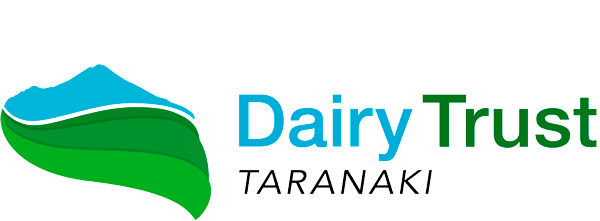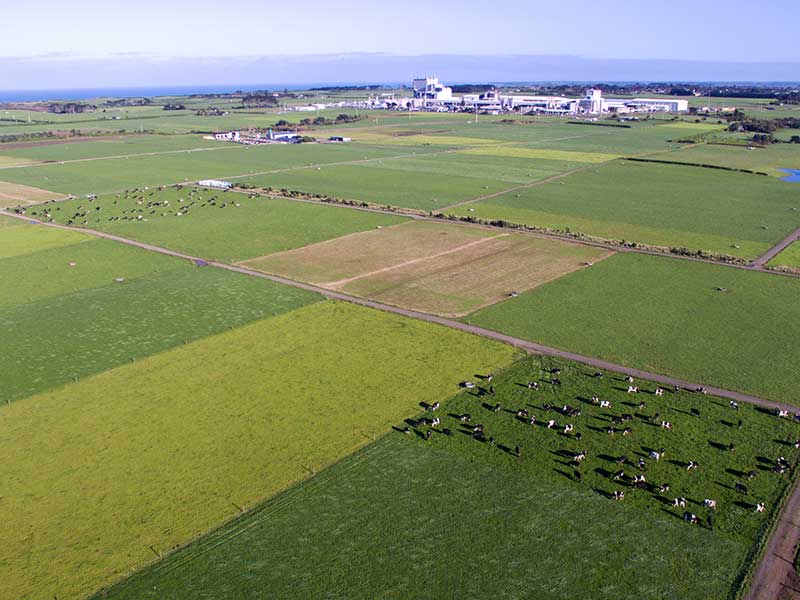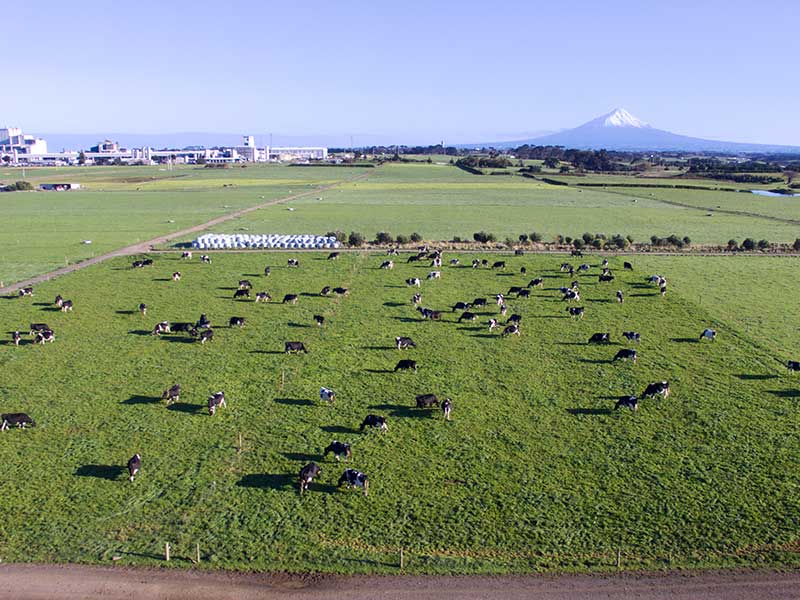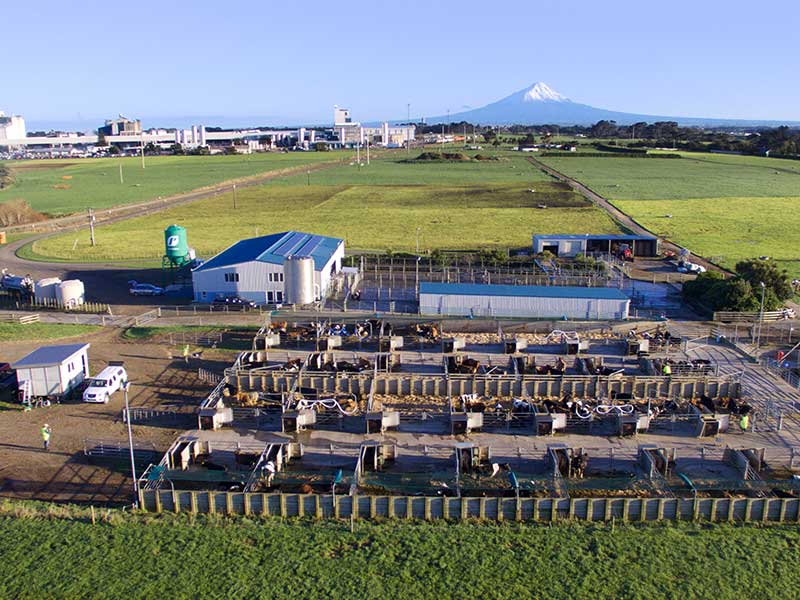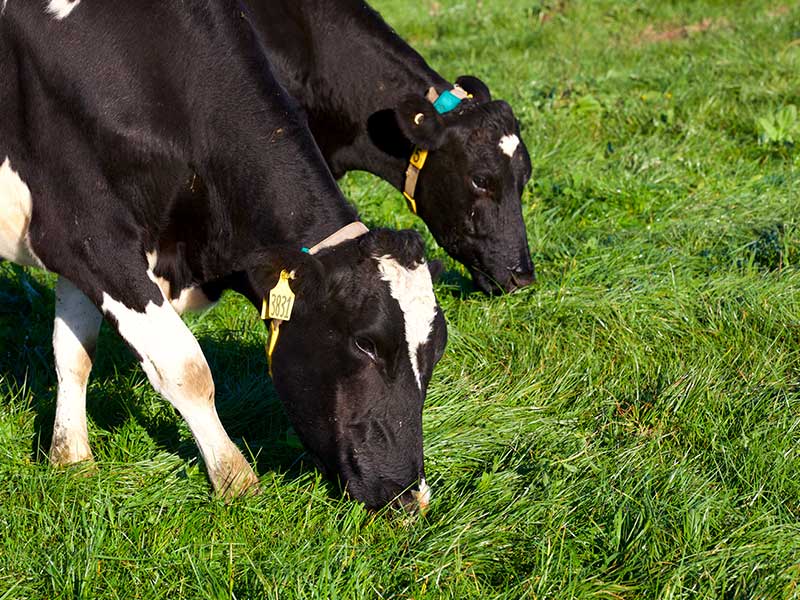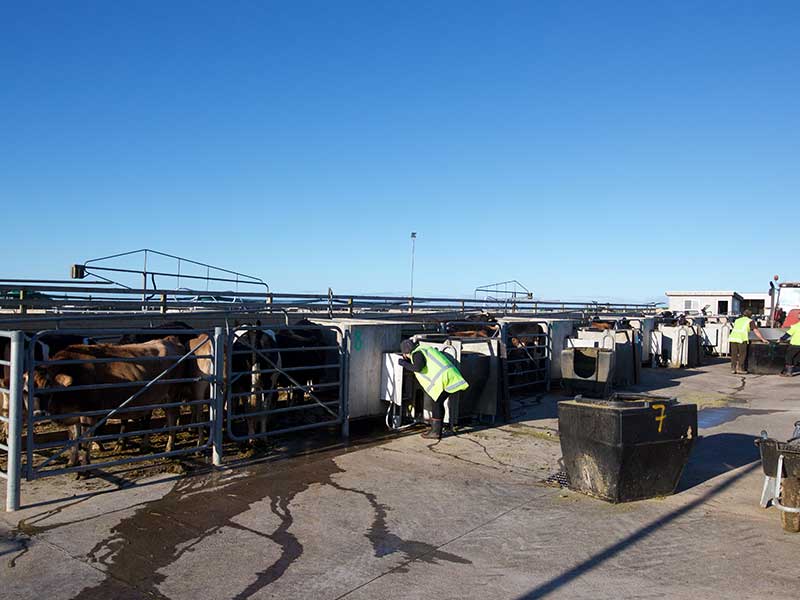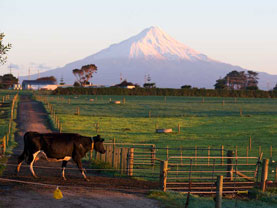The farmlet comparison at Dairy Trust Taranaki (DTT) will have two farmlets, one based on current farming practices, and the other expected to achieve reduced GHG emissions and N surplus targets likely to be required as proposed by the Zero Carbon Bill and Essential Freshwater Accord.
The current system will be based on previous farmlet research conducted at the DTT Gibson farm, a stocking rate of 3.1 Friesian cows/ha, 190 kg Nitrogen applied/ha and 700 kg DM/cow imported feed.
The contrasting Step Change farmlet for Gibson was modelled using Farmax and Overseer and will operate a lower stocking rate (2.5 cows/ha), with reduced N fertiliser (75 kg N/ha) and imported feed (300 kg DM/cow).
Measurements will include biophysical data (e.g. feed – pasture, crops and supplementary feed; milk production, cow health and reproduction, and impact on staff), a full financial analysis of both farmlets, and monitoring of soil carbon levels and annual Overseer Nutrient budgets. The models indicate that reduced stocking rate, nitrogen and supplement use will reduce total GHG emissions by 33% and N loss to water by 42% (47 kg N/ha loss to 27 kg N/ha). The challenge will be to achieve these targets whilst maintaining a similar profit to the current farmlet.
Five partner farms will be identified by DairyNZ Consulting service in Taranaki to cover the geographic spread of farms in the province. These farmers will be provided resources & support to make changes that move their systems towards improving N loss, reducing GHG emissions while maintaining or improving their financial performance. They will also be willing to share their experiences with other farmers through events on their farm and at the DTT farmlet comparison sites, which potentially includes Stratford demonstration farm and other DTT farms where its anticipated other relevant research work will be carried out.
